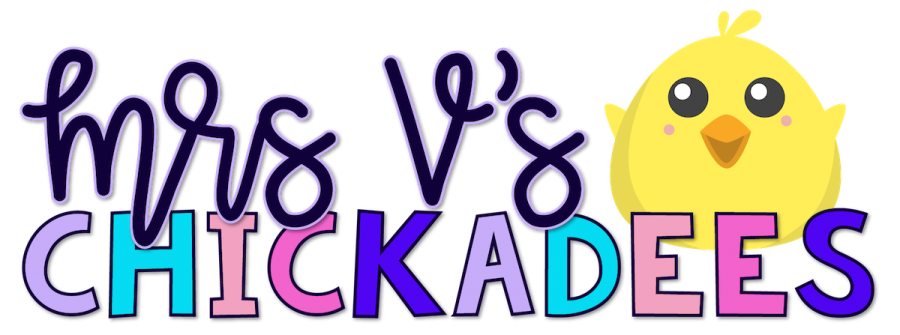Sight words account for up to 75% of the words used in children’s books. Learning to read sight words with automaticity helps build strong readers because they will be able to identify majority of the words in a text, before having to apply any phonetic knowledge.
In my district, students are expected to learn 100 words each year. I had a solid routine for teaching sight words. Yet, after a few years of teaching, when I began to really focus on fine tuning my craft and honing in on differentiation, I began to ask myself some key questions:
So that is when I came up with a center idea that allowed my kids to do the same activities, but with individualized sight word lists. Once I implemented this new routine, I saw my students sight word knowledge increase tremendously. Here’s a sneak peek at the process and activities!
Kids are tested individually and given their own sight word lists. These lists contain only the words they have not mastered.
 |
| This post contains affiliate links. To read more about it click here |
Here’s a list of materials you will need. You can follow the links to grab the items from Amazon!
*Soft Pencil Cases
*Markers
*Play-Doh
*Hard Pencil Cases: you can get these at Michael’s for $1 each
*Sand
*All sections have detailed directions with pictures to help you correctly set-up and implement all routines and activities*



























One Comment